Hadj Batatia
Mu-suppression detection in motor imagery electroencephalographic signals using the generalized extreme value distribution
May 29, 2020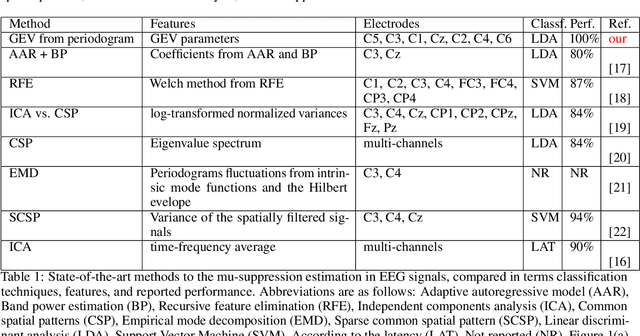
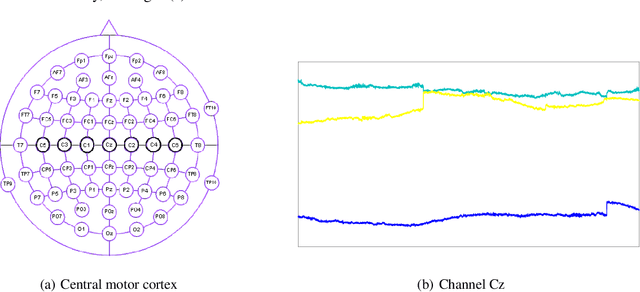
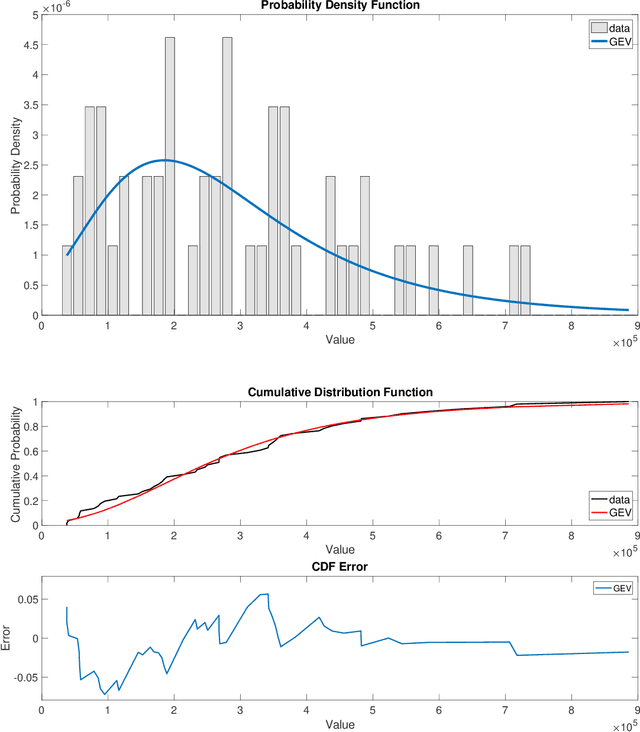
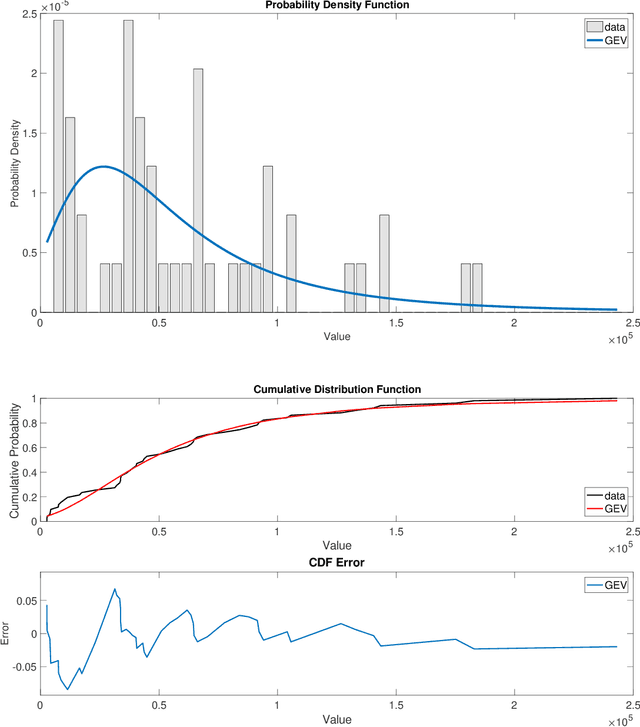
Abstract:This paper deals with the detection of mu-suppression from electroencephalographic (EEG) signals in brain-computer interface (BCI). For this purpose, an efficient algorithm is proposed based on a statistical model and a linear classifier. Precisely, the generalized extreme value distribution (GEV) is proposed to represent the power spectrum density of the EEG signal in the central motor cortex. The associated three parameters are estimated using the maximum likelihood method. Based on these parameters, a simple and efficient linear classifier was designed to classify three types of events: imagery, movement, and resting. Preliminary results show that the proposed statistical model can be used in order to detect precisely the mu-suppression and distinguish different EEG events, with very good classification accuracy.
A novel spike-and-wave automatic detection in EEG signals
Dec 15, 2019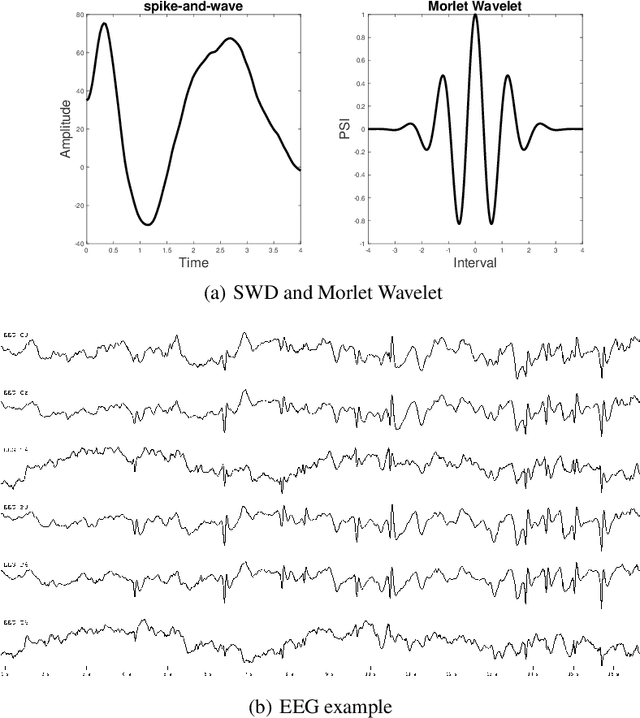

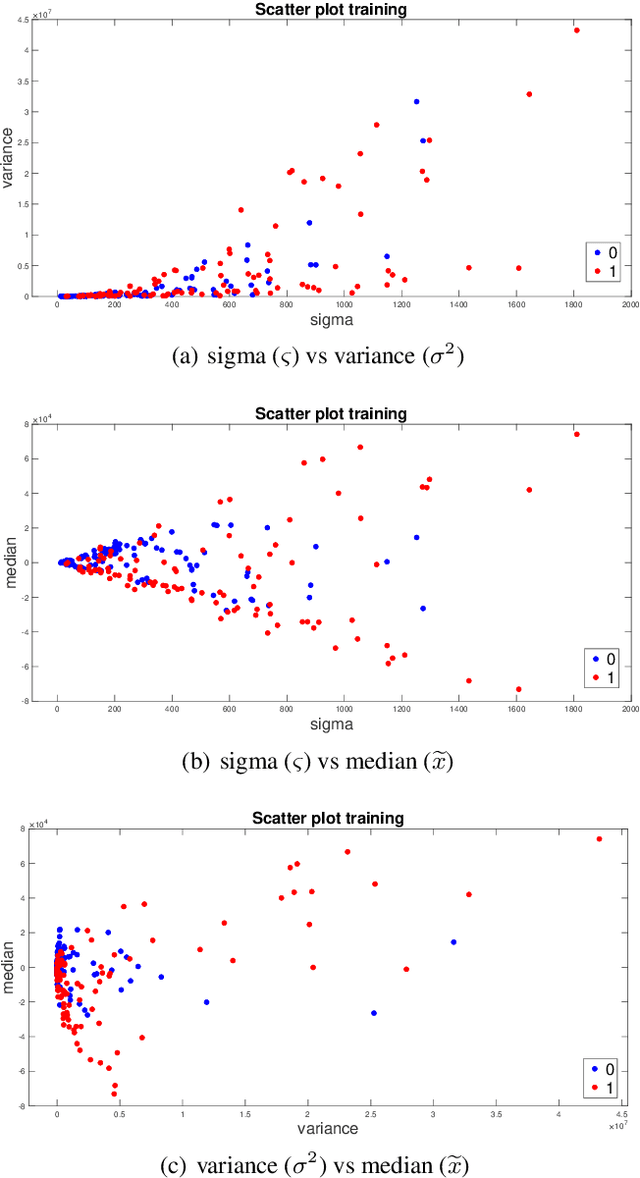
Abstract:Spike-and-wave discharge (SWD) pattern classification in electroencephalography (EEG) signals is a key problem in signal processing. It is particularly important to develop a SWD automatic detection method in long-term EEG recordings since the task of marking the patters manually is time consuming, difficult and error-prone. This paper presents a new detection method with a low computational complexity that can be easily trained if standard medical protocols are respected. The detection procedure is as follows: First, each EEG signal is divided into several time segments and for each time segment, the Morlet 1-D decomposition is applied. Then three parameters are extracted from the wavelet coefficients of each segment: scale (using a generalized Gaussian statistical model), variance and median. This is followed by a k-nearest neighbors (k-NN) classifier to detect the spike-and-wave pattern in each EEG channel from these three parameters. A total of 106 spike-and-wave and 106 non-spike-and-wave were used for training, while 69 new annotated EEG segments from six subjects were used for classification. In these circumstances, the proposed methodology achieved 100% accuracy. These results generate new research opportunities for the underlying causes of the so-called absence epilepsy in long-term EEG recordings.
An unsupervised bayesian approach for the joint reconstruction and classification of cutaneous reflectance confocal microscopy images
Mar 04, 2017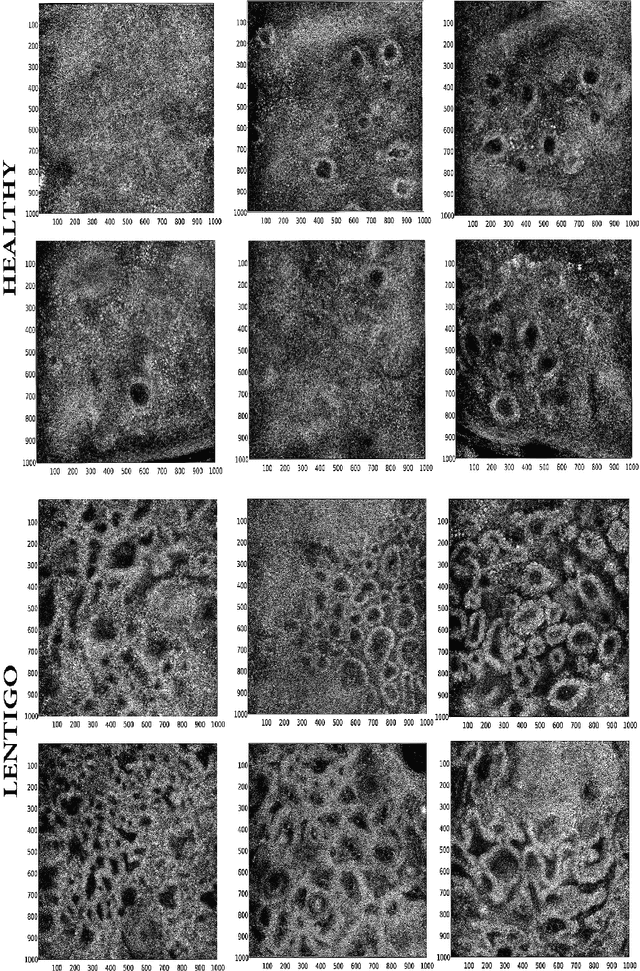
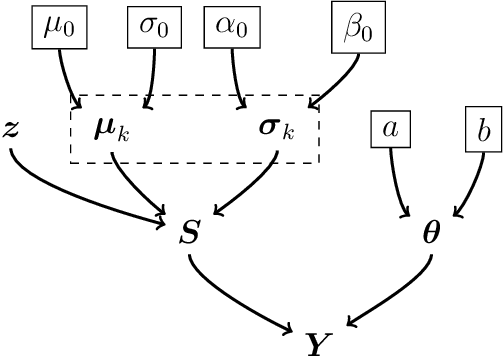
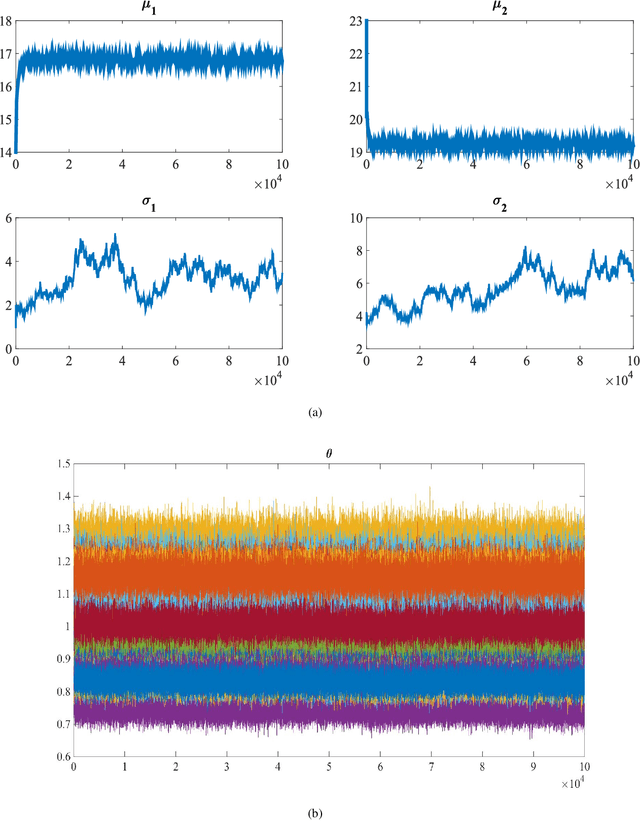
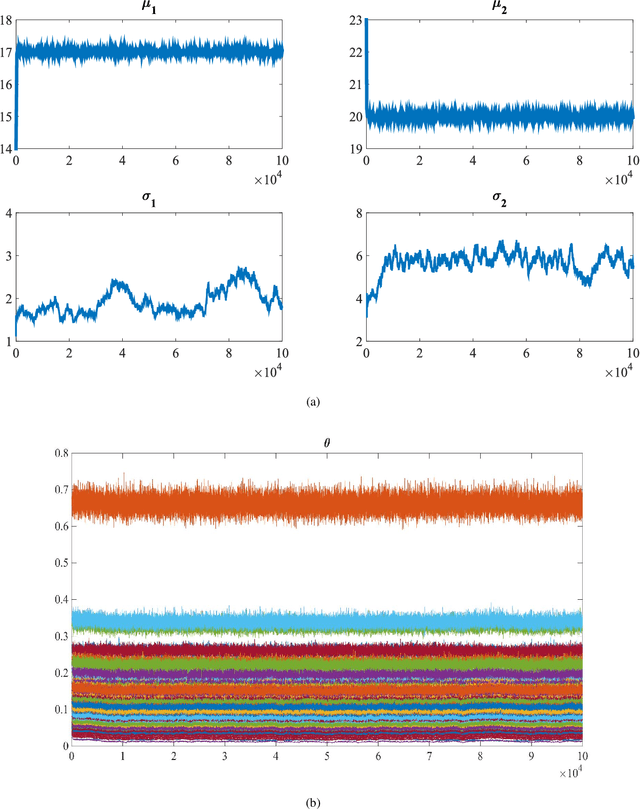
Abstract:This paper studies a new Bayesian algorithm for the joint reconstruction and classification of reflectance confocal microscopy (RCM) images, with application to the identification of human skin lentigo. The proposed Bayesian approach takes advantage of the distribution of the multiplicative speckle noise affecting the true reflectivity of these images and of appropriate priors for the unknown model parameters. A Markov chain Monte Carlo (MCMC) algorithm is proposed to jointly estimate the model parameters and the image of true reflectivity while classifying images according to the distribution of their reflectivity. Precisely, a Metropolis-whitin-Gibbs sampler is investigated to sample the posterior distribution of the Bayesian model associated with RCM images and to build estimators of its parameters, including labels indicating the class of each RCM image. The resulting algorithm is applied to synthetic data and to real images from a clinical study containing healthy and lentigo patients.
 Add to Chrome
Add to Chrome Add to Firefox
Add to Firefox Add to Edge
Add to Edge